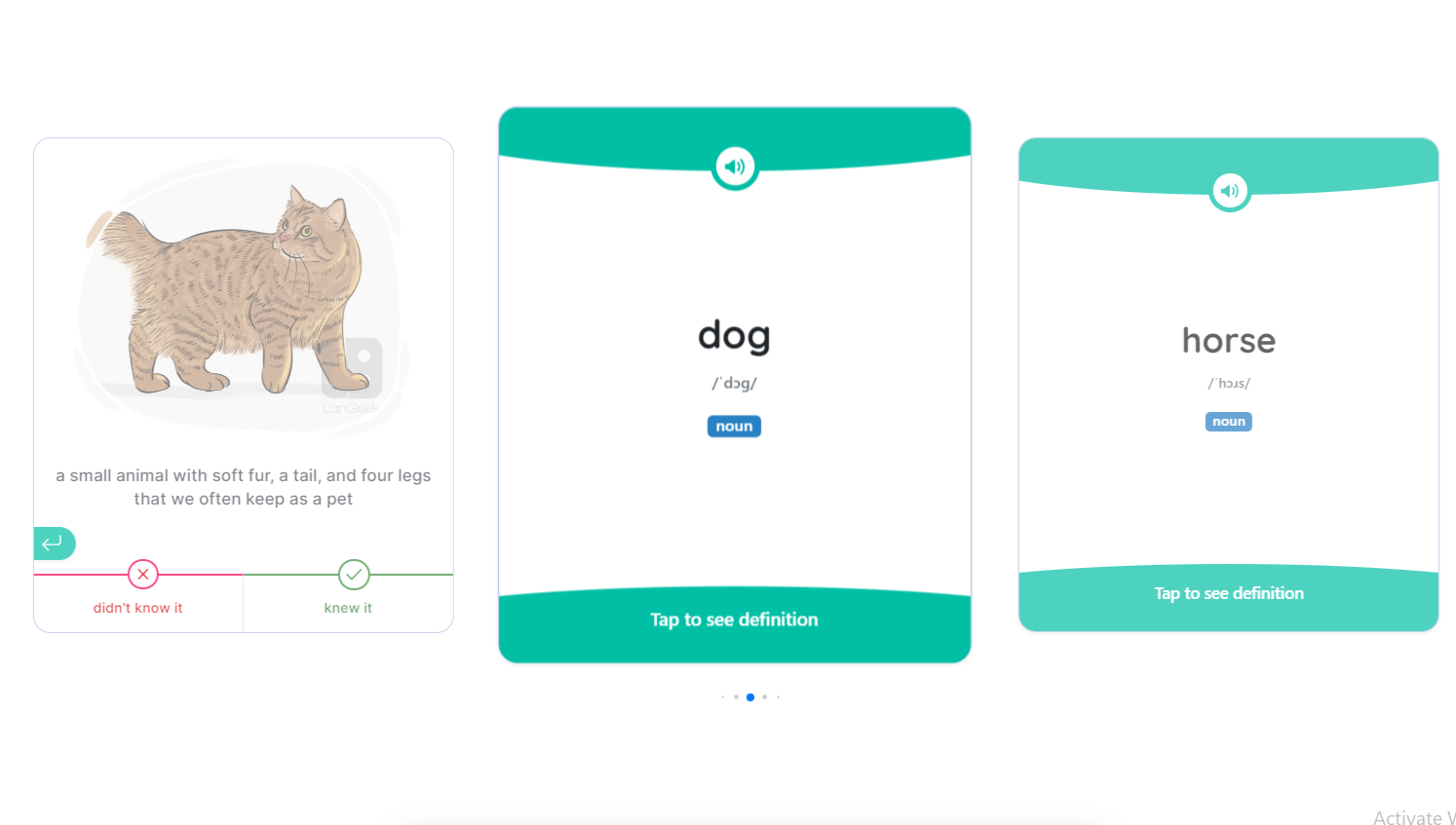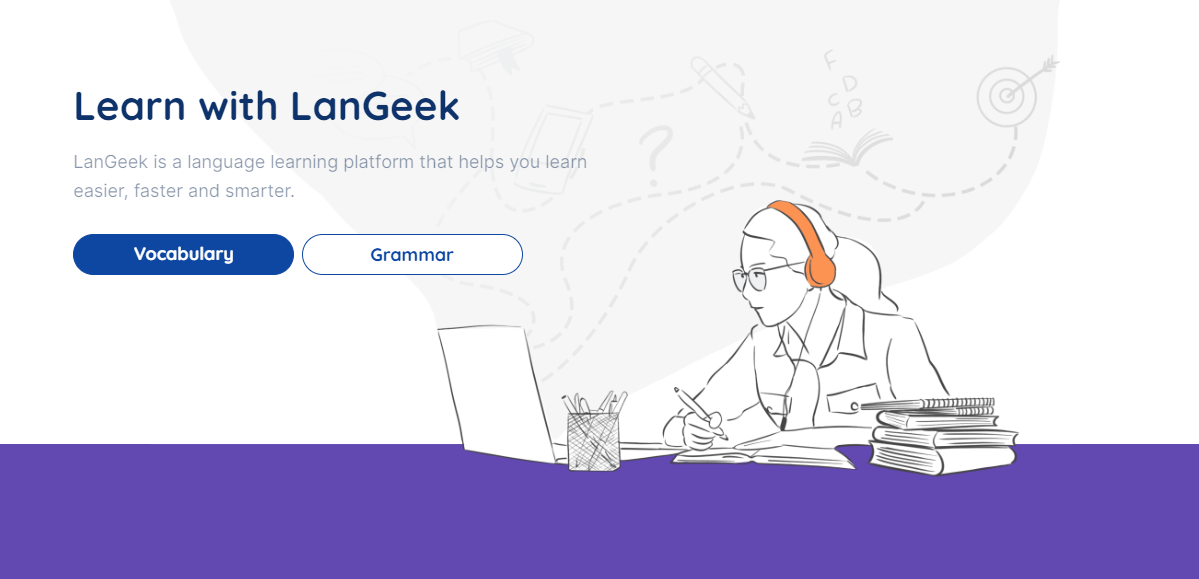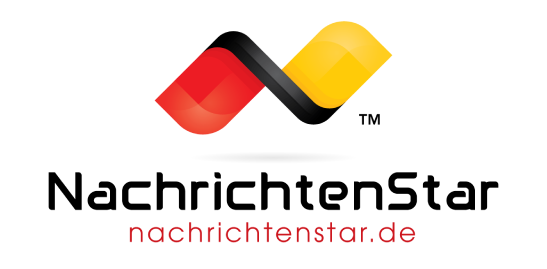Are you looking for way to improve your vocabulary skills? Do you need extra practice to memorize the vocabulary you’ve learned? Are you a fan of challenges and fun learning? Then you’re in the right place!
Here are … features that LanGeek has that helps you improve your English vocabulary and will help any English language learner:
Feature #1: Categorized Wordlists
Topic based vocabulary are useful for discussing specific topics or subjects. You’ll find detailed explanations and a vocabulary list to practice and improve your vocabulary. Topic-based vocabulary helps you build your vocabulary word lists in an organized way. Vocabulary related to one specific topic, if learned together, better stick in our minds.
categorizing new vocabulary into themes allows learners to make connections between words within a specific topic. This is much more effective than learning a list of random vocabulary words that have no links to each other.
Feature #2: Create Your Own Wordlist
It’s important to keep track of your learning process. With LanGeek, you can customize the words that are interesting to you or the words that you need for a specific purpose.
You can name your wordlist and add all the word you want in that wordlist.
Feature #3: Flashcards
Flashcards are one of the best learning techniques for those who learn by the power of sight (as opposed to hearing).
On one side of LanGeek flashcards there is a word, its pronunciation, and part of speech. And on the other side, there is a picture and the definition of that word. You have 2 options: either you knew the word or you didn’t. Then you will repeat the process till you learn all of them!

Feature #4: quiz
LanGeek has two types of quizzes: Spelling and definition.
As you know, spelling is an important part of vocabulary learning, because there are words that sound the same but has different spelling and you should be familiar with it to know its meaning.

LanGeek’s quiz is at the end of every lesson. You will see the definition of a word and have multiple choices that you need to choose from.
At the end of each quiz, you will know your score and will see the correct answers in each category, whether it be of spelling or definition.
Feature #5: Level-based Vocabulary
In LanGeek, you will find different wordlists categorized by level according to CEFR. CEFR (Common European Framework of Reference) describes language proficiency levels of learners of foreign languages.
It is consisted of six reference English levels as the global standard for grading a person’s language proficiency.
Feature #6: English Proficiency Tests
LanGeek helps you find vocabulary lessons, designed specifically for English proficiency tests.
Thus far, we have topic-based and level-based lessons for SAT, IELTS, TOEFL and GRE.
They are categorized into multiple levels, such as basic or essential, intermediate and advanced or as it is with the case of IELTS we have three topic-based levels: Basic, General and academic.
Feature #7: Most Common
You might want to learn vocabulary by their part of speech. They say those who know 250-500 words are beginners. Those who know 1,000-3,000 words are fluent in everyday conversations. And those who know 4,000-10,000 words makes people advanced language users. So, you might want to take this approach and try learn vocabulary by part of speech.
Feature #8: Leitner
Leitner is a learning technique with the help of flashcards. It improves learning and memorization and is based on a series of flashcard boxes. Box number 1 is where all cards go by default.
Depending on whether you remember the flashcards or not, you rearrange them into different boxes. This means the most difficult words are reviewed more often while the easy words are reviewed less frequently.
Feature #9: Picture dictionary
A picture is worth a thousand words! Our mind is a curious thing and it works by making connection between various things. Nothing sticks in our minds better than pictures. So, what better way there is than to associate new words with a picture?
That’s what LanGeek tries to help learner by providing a picture for every word.
Feature #10: Real-world Corpus-based Examples
In LanGeek, every word has numerous examples all taken from a large collection of real-life examples in the Internet. You can see them in our dictionary part. Each example is analyzed in a detailed fashion and you can study each and every word’s part of speech and function in the sentence.











